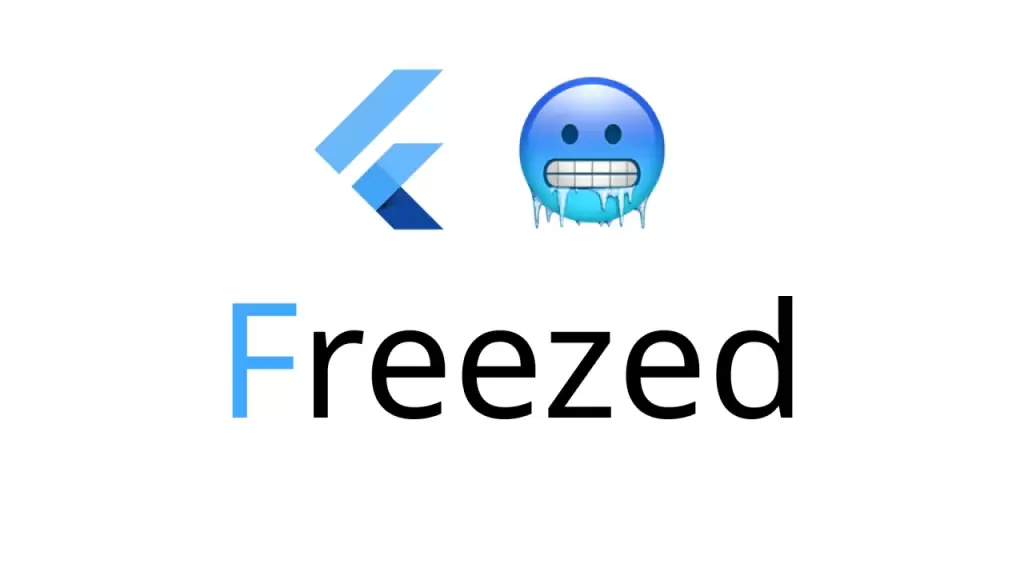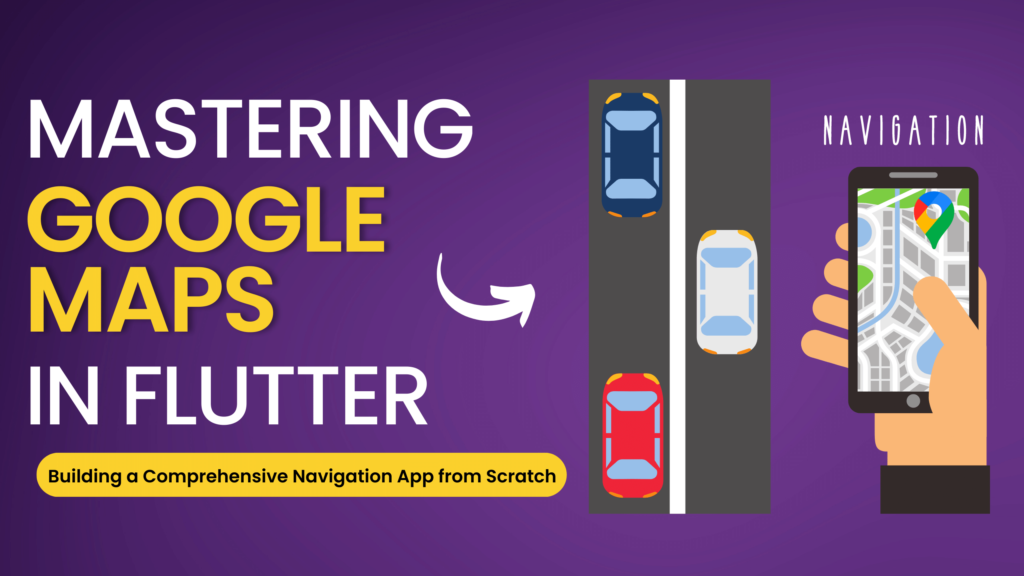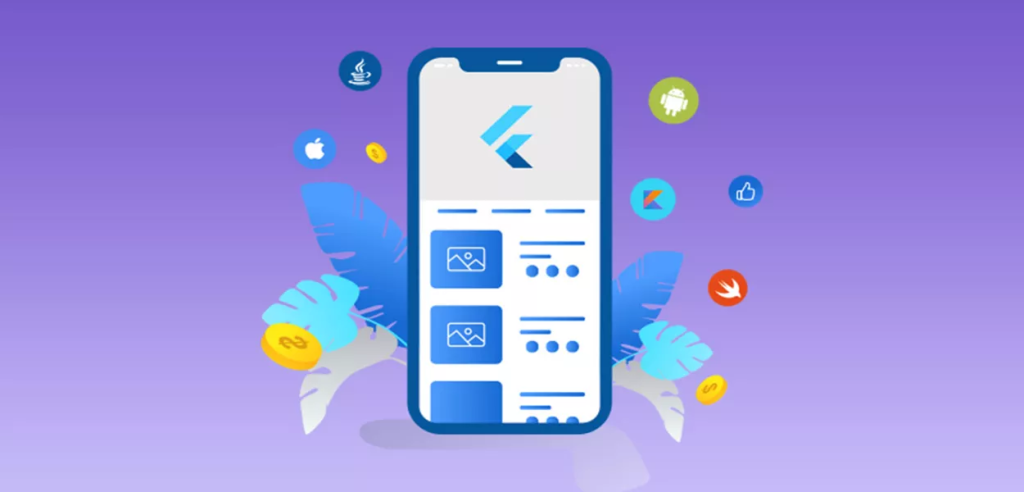Flutter, developed by Google, has become one of the most popular frameworks for building cross-platform applications with a single codebase. To streamline the development process and ensure better code quality, various libraries and packages have emerged to help developers implement best practices. One such package is freezed, which brings powerful code generation capabilities to Flutter applications. In this blog post, we will delve into the purpose and use of the freezed package, accompanied by coding examples.
Understanding the Need for freezed
In Flutter, data models are crucial components used to represent and manipulate data within an application. Often, these models consist of properties, constructors, and methods to handle the data. However, manually creating these models can be time-consuming and error-prone. This is where the freezed package comes in.
The primary purpose of the freezed package is to automate the generation of immutable data models in Flutter. By using code generation, it helps to eliminate boilerplate code, reduce the likelihood of bugs, and enhance the overall maintainability of your app.
Key Features of the freezed Package
- Immutable Models: With
freezed, the generated models are immutable by default. This prevents unintended changes to data and enhances predictability in your application’s behavior. - Union Types:
freezedallows you to define union types, which represent a value that could be one of several possible types. This is particularly useful for scenarios like representing different states of an entity. - Pattern Matching: The package provides a powerful pattern matching mechanism, similar to pattern matching in functional programming languages. This helps in handling different cases of union types with ease.
- CopyWith Method:
freezedgenerates acopyWithmethod for each model, enabling you to create modified copies of objects without modifying the original object itself. - Equatable: The generated models implement the
Equatableinterface, making it easy to compare instances for equality.
Now, let’s dive into some coding examples to see how these features work in practice.
Coding Examples
Installation
To get started, add the freezed package to your pubspec.yaml file:
dependencies:
flutter:
sdk: flutter
freezed: ^0.14.0 # Check for the latest version on pub.devCreating Models
Let’s create a simple example where we define a data model for a Person. We’ll use the @freezed and @Data annotations to generate the necessary code.
import 'package:flutter/foundation.dart';
import 'package:freezed_annotation/freezed_annotation.dart';
part 'person.freezed.dart';
@freezed
abstract class Person with _$Person {
const factory Person({
String? name,
int? age,
}) = _Person;
}In this example, the code above will generate boilerplate code for the Person class, including constructor(s), equality comparison, and the copyWith method.
Using Union Types
Imagine a scenario where a Person can be either a Student or a Teacher. We can use union types to represent this:
@freezed
abstract class Person with _$Person {
const factory Person.student({
String? name,
int? age,
String? grade,
}) = Student;
const factory Person.teacher({
String? name,
int? age,
String? subject,
}) = Teacher;
}Now, you can create instances of Student and Teacher easily using their respective constructors.
Pattern Matching
Pattern matching allows you to handle different cases of union types succinctly:
void printPersonDescription(Person person) {
person.when(
student: (name, age, grade) {
print('Student: $name, Age: $age, Grade: $grade');
},
teacher: (name, age, subject) {
print('Teacher: $name, Age: $age, Subject: $subject');
},
);
}CopyWith Method
The copyWith method enables you to create modified copies of objects:
final originalPerson = Person.student(name: 'Alice', age: 20, grade: 'A');
final modifiedPerson = originalPerson.copyWith(age: 21);Conclusion
The freezed package is a powerful tool that simplifies the process of creating immutable data models, union types, and pattern matching in Flutter applications. By generating necessary code, it reduces boilerplate, promotes code consistency, and enhances the overall quality of your codebase. Incorporating freezed into your Flutter projects can lead to more maintainable, reliable, and efficient applications.





